SULLIVAN’S SLUGGERS by Mark Andrew Smith and James Stokoe is a project that has been around a while, but it took Stokoe a bit to finish it. The premise is simple: a struggling minor league team has to take on a town full of monsters.
Given that Stokoe is drawing it, it’s no surprise that it looks astonishing.
But that’s not what we’re here to talk about today. Smith started a Kickstarter campaign to raise $6000 to finish the book and put out a $30 hardcover.
To date, and with 26 days to go, the project has already netted more than $34,000.
Now, $6000 doesn’t seem like much for two years of work for two people. (The book was originally going to be published by OniImage—the Kickstarter doesn’t mention if the softcover is still coming out from them.) So $34,000 (and counting) seems like a more reasonable amount.
But that’s still not our point, which is that five-figure comics Kickstarters are becoming fairly common.
Fairy Quest by Paul Jenkins and Humberto Ramos has raised more than $75,000.
Smut Peddler, an erotic comics anthology, has raised $66,000.
Jake Parker’s Antler Boy raised $85,000.
A book called Cucumber Quest by someone named Gigi D.G. has raised nearly $63,000, after asking for $9000.
Anyway, you can go look in the link above and see how many books are raising a substantial amount of money.
Now, even though this seems like a good payday for the creators, it isn’t that simple. There are books to be signed and mailed. Lots of these Kickstarters come with personal appearances and events by the authors. There is a LOT to do after a successful Kickstarter campaign. And the actual money netted may be a lot less than we think.
However, Kickstarter has definitely become an important revenue stream for cartoonists in a world where advances are tiny and royalties often nonexistent. Maybe there’s hope for those starving cartoonists after all.


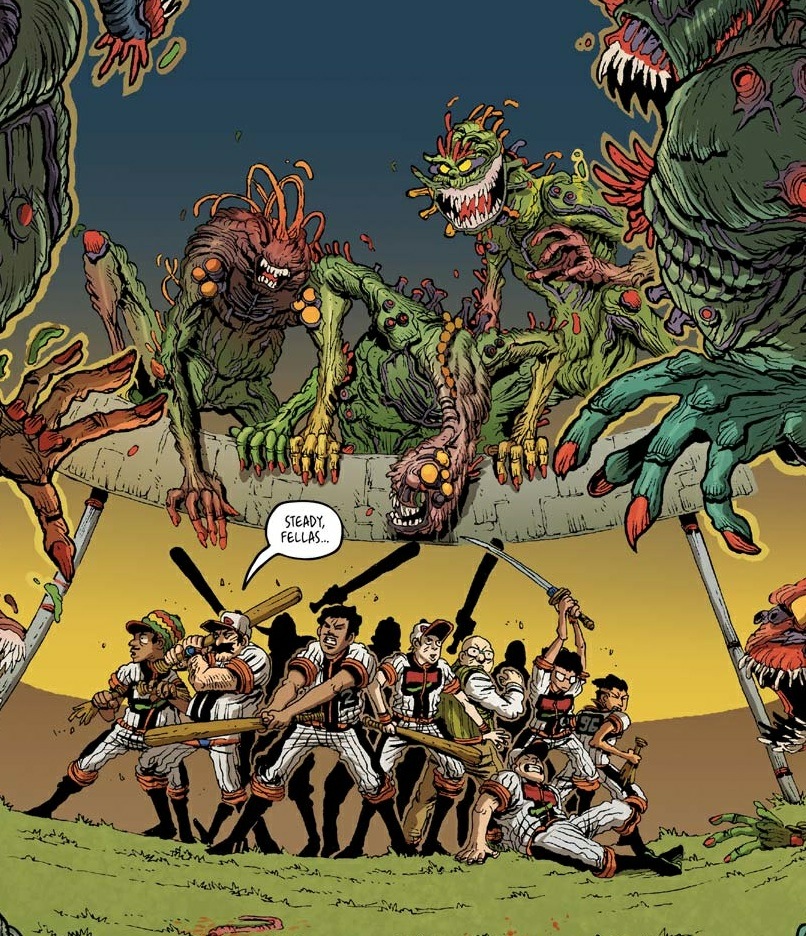
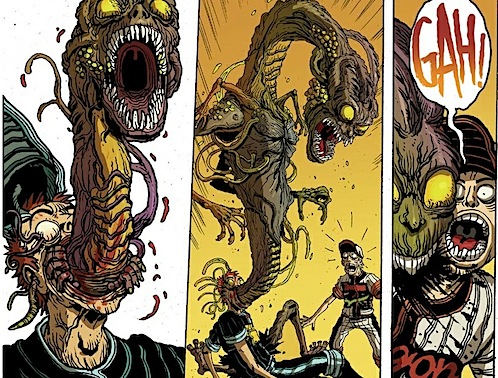
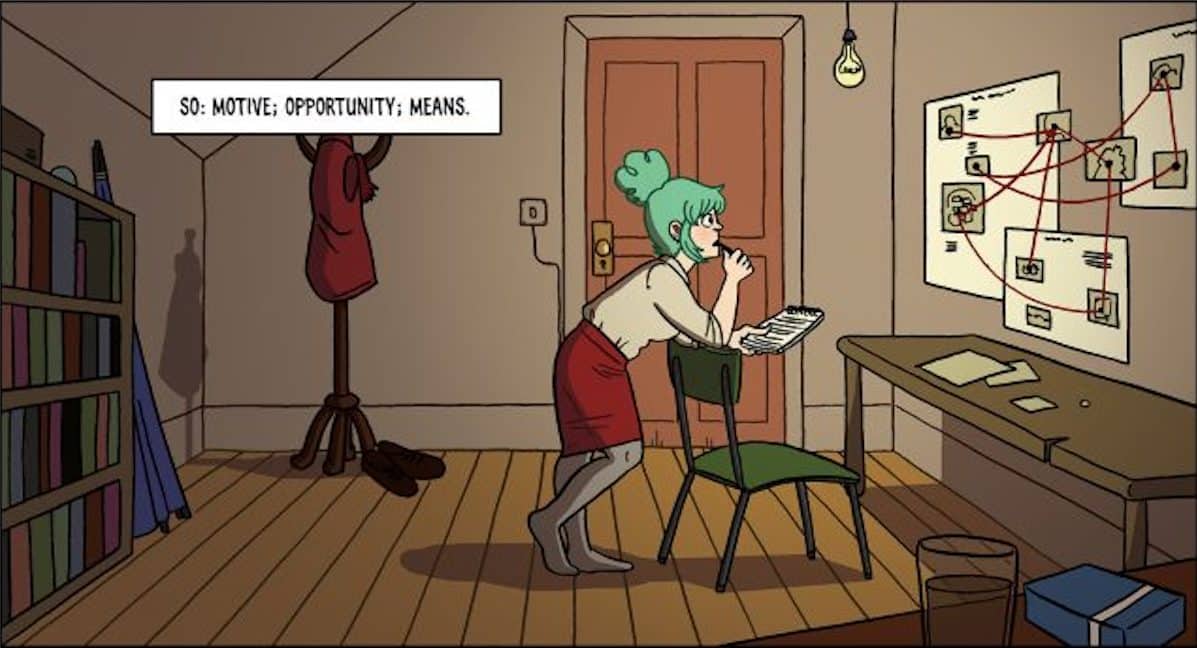
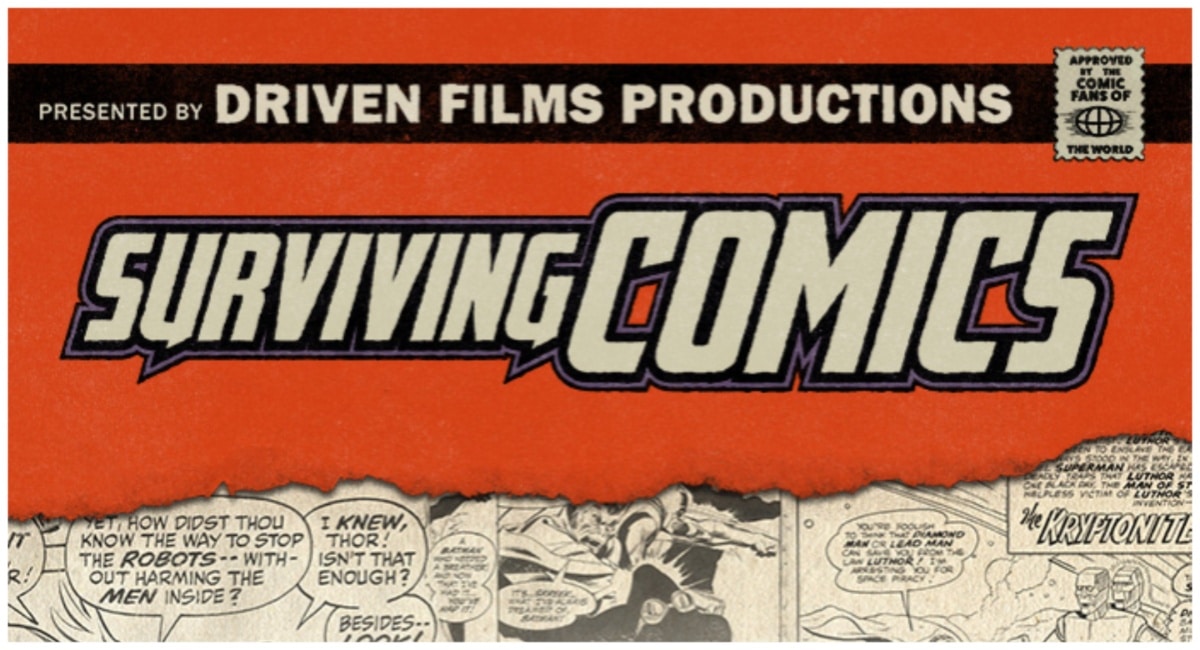
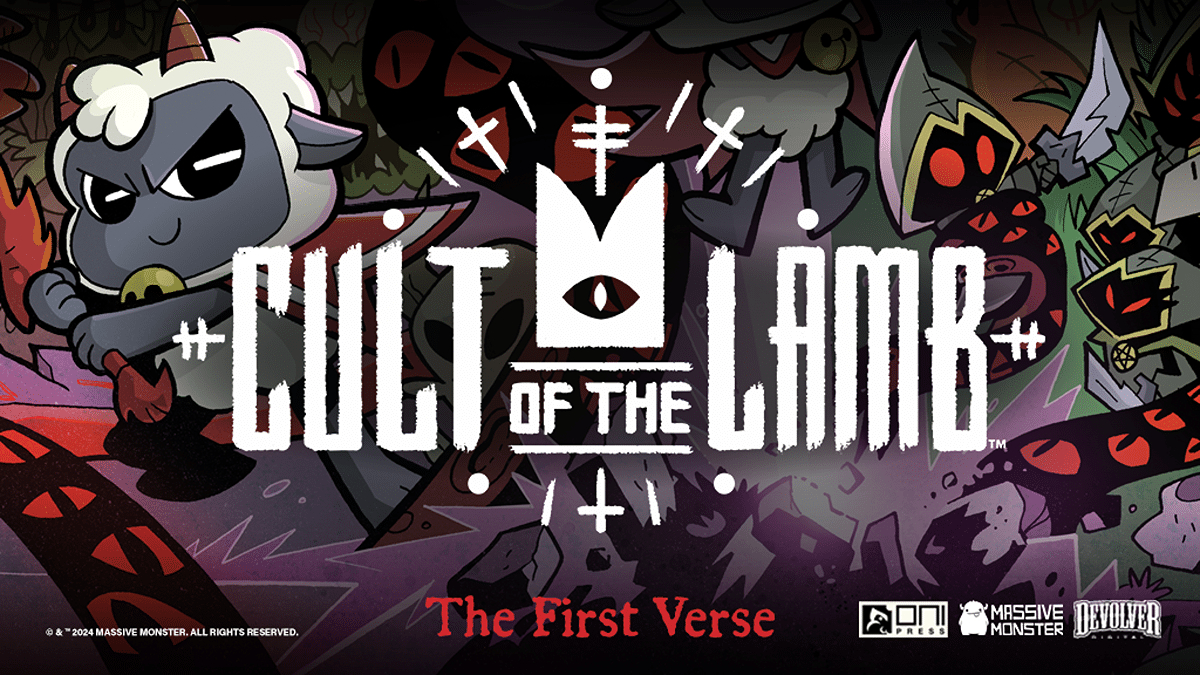



Here, source for Cucumber Quest: http://cucumber.gigidigi.com/
What I find particularly interesting about the Sullivan’s Sluggers campaign is the distribution system: The ONLY way to get the book is to order it via kickstarter. It’s essentially turning Kickstarter into a print-on-demand system, in addition to raising money for the effort itself. Fascinating idea.
Also, in your short list, you forgot to mention the most recent five-figure comic project on Kickstarter: THE GRAPHIC TEXTBOOK, which cleared $77,000+ before last week’s deadline.
Don’t forget Rachel Deering’s ANATHEMA…which in two Kickstarters raised more than $30K to produce the six-issue werewolf horror romance mini-series…not bad for a creator’s first book!
I’m glad to see things like Kickstarter work as an option for talent around the world. If there’s a demand out there it can reach a target audience and finance itself in the process.
As briefly mentioned in the opening piece, I’d like to know more about the *follow up* work, production and appearances. Basically, the process from A-to-Z. Every time I read about a success on Kickstarter it’s like I only hear about the process from A-to-P.
I know nothing about comics as a business but doesn’t this just prove their is a community of folks looking for more than what the big 2 has to offer? Although those are not huge numbers they are crushing their goals.
most of the people I hear about are semi established creators, you don’t hear as much about younger rookie cartoonists(there are some though) getting their claim to fame or becoming Kickstartlebrties. Still you have to have a sizable fan base to rly reap the benefits of KS.
Cucumber Quest is an *awesome* webcomic! It’s not surprising The Beat isn’t aware of it because the webcomic world is so much bigger than any of us can wrap our heads around.
But I think that’s a point worth considering. The webcomic world is where the majority of comic readers are. Works we’ve never heard of have huge audiences ready to support their work of choice.
Another really important thing to consider with Kickstarter is the successful drives seem to be for people who have both a body of work and a built in audience. In other words, the idea that anyone can jump on Kickstarter and get seed money to use to create their work does not appear viable.
It’s because retailers didn’t believe in this book enough that it never was released. Now this book will go directly from the authors to the readers without the 2 middlemen.
When the campaign will end, this book will have done Walking Dead numbers.
All these big figures are money not gone through the Direct Market and it’ll be the Direct MArket’s fault
One of the talking points of Gordon McAlpin’s second Kickstarter campaign was that he made less money off of the first campaign and didn’t allocate enough expenses for printing/shipping as he should have. But his second campaign is also successful, and he seems to have learned that and other lessons from the first.
I know that personally, I have a lot of photocopying, folding, and stapling in my future when the Smut Peddler campaign finishes. I’m not sure how one would calculate that in terms of success when it comes to the amount of womanpower, toner, paper, etc. it’s going to cost to create some of the minis.
Gordon McAlpin is a great guy and knows his stuff. Multiplex is a wonderful strip.
I also think part of the reason its so successful is because a 200 page HC original graphic novel for $30 is really good value for the money.
One of the complaints I still have with Fairy Quest (and I WANT that book) is a 48 page HC for $30 is really no value at all out here.
Asides from the small but devoted Humanoids fan base, that format has constantly shown it doesn’t work out here. The fact that Humanoids has left the Previews catalog quite a few times over it because the books never really get ordered in that format.
I’m still hoping at some point Jenkins and Ramos will have the ability to offer the book at a lower price in some fashion. And I mean the actual book, not pay $10 for a .pdf.
@Jimmie The guy who does the Order of the Stick Kickstarter has been posting fairly frequent updates as he makes progress with the many, many things he has to do to fulfill his obligations. http://www.kickstarter.com/projects/599092525/the-order-of-the-stick-reprint-drive/posts